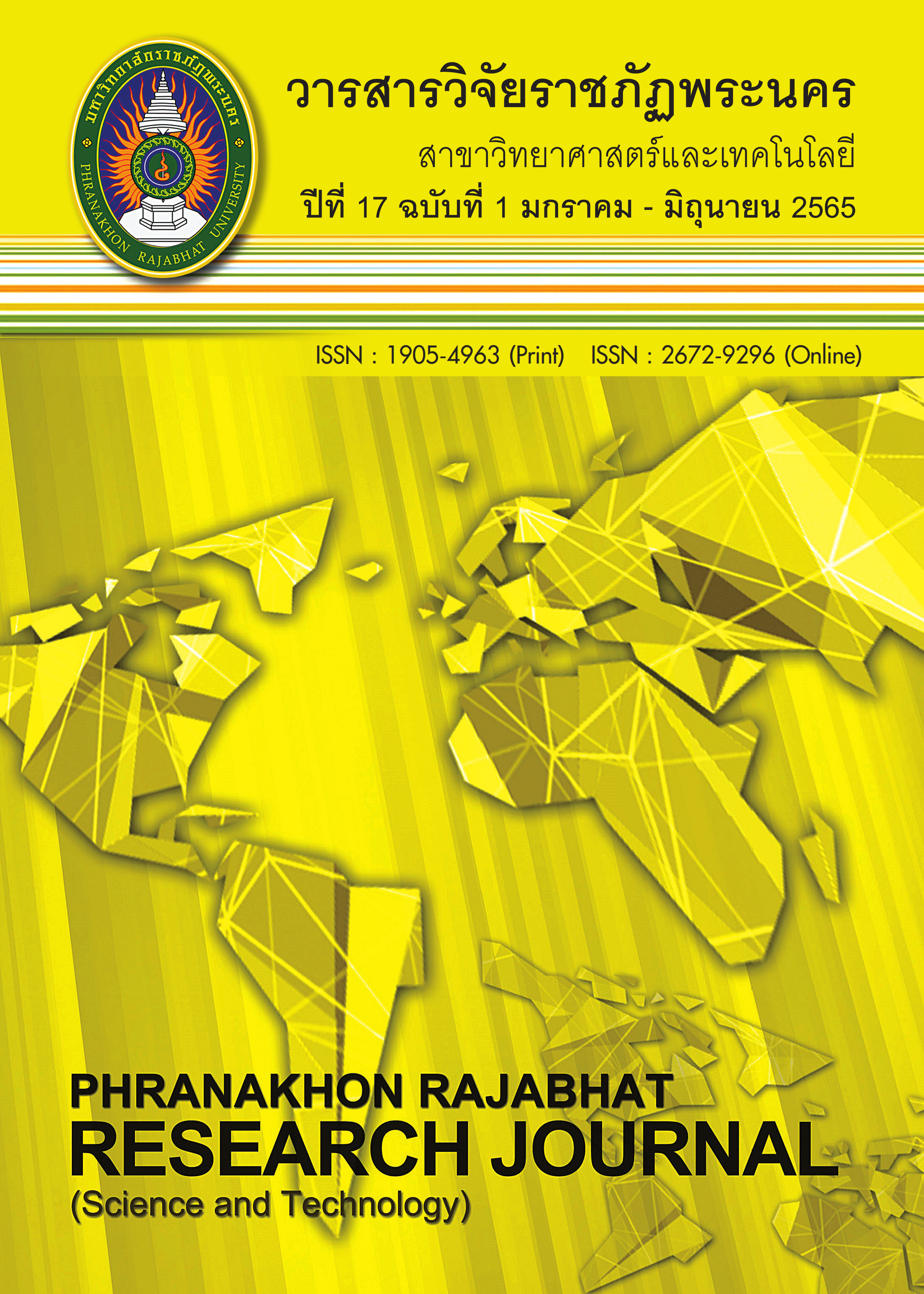ON THE DIOPHANTINE EQUATIONS n^x-n^y=z^2 AND 2^x-p^y=z^2
Keywords:
Diophantine equation, Integer solution, Catalan’s conjectureAbstract
In this paper, we study two Diophantine equations and where is a positive integer with and is a prime number in order to generate all non-negative integer solutions . This can be shown as follows: the Diophantine equation has all solutions in the following form, where is a non-negative integer. For the Diophantine equation, we show that 1) if , then this equation has all solutions in the form , where is a non-negative integer and is an integer, 2) if , then this equation has only three solutions and 3) if and or, then this equation has only two solutions
References
Bacani, J. B. & Rabago, J. F. T. (2015). The complete set of solutions of the Diophantine equation p^x+q^y=z^2 for twin primes p and q. International Journal of Pure and Applied Mathematics. 104(4), 517 – 521.
Burshtein, N. (2018). All the solutions to an open problem of S. Chotchaisthit on the Diophantine equation 2^x+p^y=z^2 when p are particular primes and y=1. Annals of Pure and Applied Mathematics. 16(1), 31 – 35.
Burshtein, N. (2020). All the solutions of the Diophantine equation p^x+p^y=z^4 when p≥2 is prime and x,y,z are positive integers. Annals of Pure and Applied Mathematics. 21(2), 125 – 128.
Chotchaisthit, S. (2012). On the Diophantine equation 4^x+p^y=z^2 where p is a prime number. American Journal of Mathematics and Sciences. 1(1), 191 – 193.
Elshahed, A. & Kamarulhaili, H. (2020). On the Diophantine equation (4^n )^x-p^y=z^2. WSEAS Transactions on Mathematics. 19, 349 – 352.
Mihailescu, P. (2004). Primary cyclotomic units and a proof of Catalan’s conjecture. Journal für die Reine und Angewante Mathematik. 27, 167 – 195.
Mina, R. J. S. & Bacani, J.B. (2019). Non – existence of solutions of Diophantine equations of the form p^x+q^y=z^2n. Mathematics and Statistics. 7(3), 78 – 81.
Qi, L. & Li, X. (2015). The Diophantine equation 8^x+p^y=z^2 . The Scientific World Journal. 2015, Article ID 306590, 3 pages.
Rabago, J. F. T. (2018). On the Diophantine equation 4^x-p^y=〖3z〗^2 where p is a prime. Thai Journal of Mathematics. 16(3), 643 – 650.
Sandhya, P. & Pandichelvi, V. (2021). Exploration of solutions for an exponential Diophantine equation p^x+(p+1)^y=z^2.Turkish Journal of Computer and Mathematics Education. 12(1S), 659 – 662.
Suvarnamani, A. (2011). Solutions of the Diophantine equation 2^x+p^y=z^2. International Journal of Mathematical Sciences and Applications. 1(3), 1415 – 1419.
Tangjai, W. & Chubthaisong, C. (2021). On the Diophantine equation 3^x+p^y=z^2 where p≡2(mod 3) . WSEAS Transactions on Mathematics. 20, 283 – 287.
Tatong, M. & Suvarnamani, A. (2012). On the Diophantine equation p^x+p^y=z^2. 15th International Conference of International Academy of Physical Sciences. Proceedings of meeting held 9 – 13 December 2012, Pathumthani, Thailand, 17 – 20.
Thongnak, S., Chuayjan, W. & Kaewong, T. (2021). The solution of the exponential Diophantine equation 7^x-5^y=z^2. Mathematical Journal by the Mathematical Association of Thailand under the Patronage of His Majesty the King. 66(703). 62 – 67.
Downloads
Published
Issue
Section
License

This work is licensed under a Creative Commons Attribution-NonCommercial-NoDerivatives 4.0 International License.
โปรดกรอกเอกสารและลงนาม "หนังสือรับรองให้ตีพิมพ์บทความในวารสารวิจัยมหาวิทยาลัยราชภัฏพระนคร สาขาวิทยาศาสตร์และเทคโนโลยี" ก่อนการตีพิมพ์




